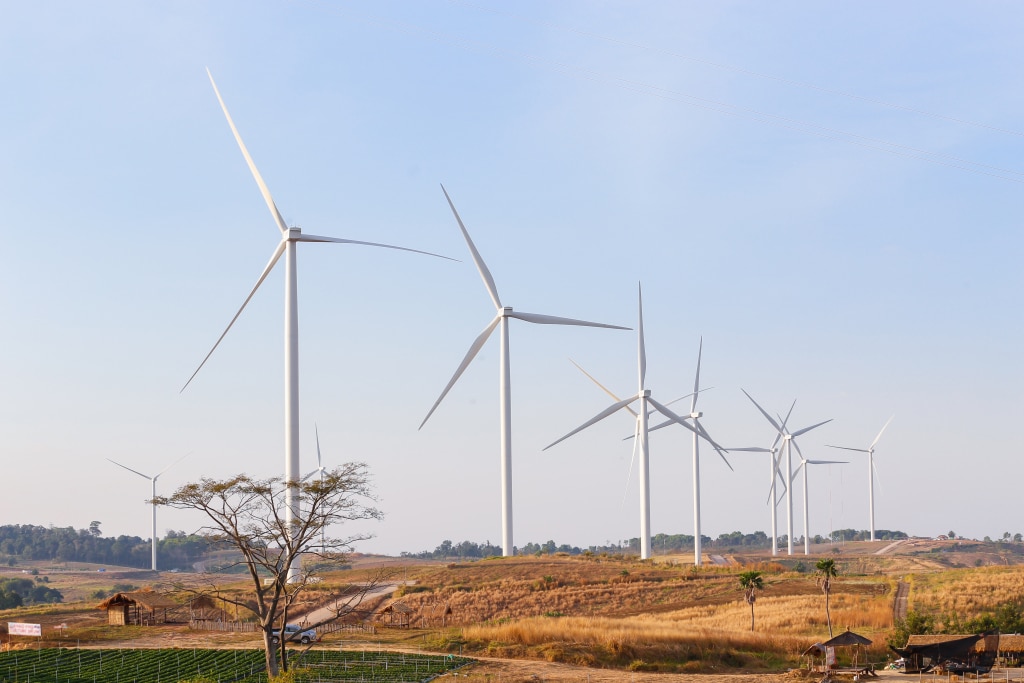Niger could have a wind farm in the next few years. The study that will soon begin in the Tahoua region should enable the British company Savannah Energy to determine the feasibility of such a project. While waiting for the results of the study, the independent power producer (IPP) has just concluded an agreement with the Nigerien Ministry of Petroleum, Energy and Renewable Energies.
J’ai procédé ce lundi 28 Mars, à Londres, dans l’enceinte du Parlement Britannique, à la signature d’un mémorandum d’entente avec @Savannah_Energy pour la réalisation du 1er parc éolien au #Niger. 1/3 pic.twitter.com/WMUknm0Bb6
— Sani I. Mahamadou (@SaniMhm) March 29, 2022
Savannah Energy wants to build a wind farm with 60 turbines capable of producing 250 MW. The study for the construction of the Tarka wind farm is expected to last two years. During this time, the company will test the wind speed and frequency, and determine how the future installation will be connected to Niger’s national electricity grid.
Niger’s first wind project
“Subject to the planned feasibility study confirming the final scale of the project, the Tarka wind farm is expected to produce up to 600 GWh of electricity per year. The construction phase of the project is expected to create more than 500 jobs,” says the London-based company. IPP intends to implement its project through the special purpose company Savannah Tarka Wind Farm (SPET).
Read also- NIGER: Niamey launches pre-qualification for a 50 MWp PPP solar plant
The latter will sign the power purchase agreement (PPA) for the future wind farm with the Société nigérienne d’électricité (NIGELEC). According to Savannah, the wind farm should support Niger’s climate commitments by avoiding emissions of 400,000 tonnes of CO2 equivalent per year. “This is a truly transformative project for Niger, with the potential to significantly increase the country’s on-grid power generation capacity. Such a project should stimulate a significant increase in economic activity in our country, directly and indirectly creating thousands of jobs over the next decade,” said Sani Mahamadou, Niger’s Minister of Petroleum, Energy and Renewable Energies.
Connection to the WAPP
The project developer is expected to obtain all the necessary permits by 2023 before starting work. The first MW of the wind farm is expected to feed into Niger’s national electricity grid in 2025. According to Savannah, the future wind farm will be part of the infrastructure of the interconnected West African power grid. In addition, Niger plans to connect to the West African Power Exchange System (WAPES) in 2023.
Work on the WAPP northern backbone was launched a few months ago. At a cost of $550 million, it will interconnect Nigeria, Niger, Burkina Faso and Benin by 2023, via a 330 kV line. This sub-regional integration project is financed by the African Development Bank (AfDB), the World Bank, the European Union (EU) and the French Development Agency (AFD).
Jean Marie Takouleu
